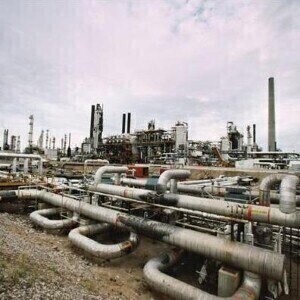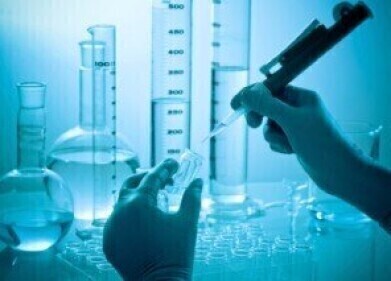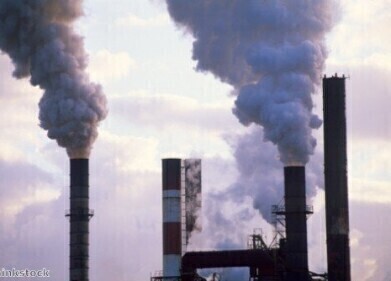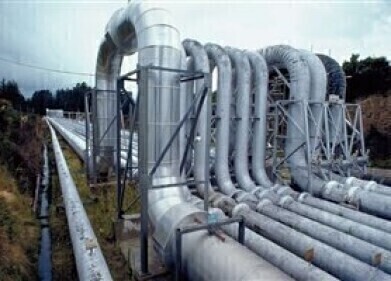Methanol Fuel
What is CO2-to-methanol fuel and how is it produced?
Oct 24 2023
The escalating urgency for carbon capture and sustainable chemical production methods is driving innovation within the petrochemical industry. One pathway garnering significant attention is the conversion of carbon dioxide (CO2) to methanol, a versatile platform chemical and fuel. This process not only presents a method for renewable energy storage but also a significant stride toward a circular carbon economy. This article explores the intricacies of CO2-to-methanol synthesis, the diverse approaches to its realization, and its implications in the petrochemical realm.
At its core, converting CO2 to methanol involves the catalytic hydrogenation of CO2, a reaction where hydrogen (H2) reduces CO2 to produce methanol (CH3OH). This reaction is a contemporary approach to mitigate the increasing levels of CO2, transforming this greenhouse gas into a valuable commodity. It aligns with the industry's broader shift toward sustainability, balancing economic viability, environmental responsibility, and process efficiency.
The standard reaction necessitates specific conditions, typically high temperatures and pressures, to overcome the thermodynamic stability of CO2. However, recent advancements have focused on developing catalysts and processes that lower these requirements, enhancing feasibility and reducing energy consumption.
Heterogeneous catalysis, where the catalyst is in a different phase to the reactants, is the most explored route in CO2 to methanol conversion. It usually involves metal catalysts, such as copper, zinc, or palladium, supported on various materials. The process requires a mixture of hydrogen and CO2 to pass over the catalyst under high pressure and temperature, triggering the chemical conversion. The choice of catalyst and the reactor's design are crucial, with research targeting enhanced selectivity for methanol, avoiding over-hydrogenation to methane. The development of novel catalyst compositions and nanostructured catalysts is a vibrant area of research, intending to enhance the activity and selectivity of the process under milder conditions.
Although less common, homogeneous catalysis, involving reactants and catalysts in the same phase, is gaining interest. This method typically uses molecular complexes and can operate under milder conditions compared to heterogeneous systems. The challenge here lies in the separation and recycling of the catalyst, critical for economic sustainability. Research is ongoing to design systems facilitating easier catalyst recovery.
Alternative approaches include electrochemical and photochemical systems. Electrochemical reduction involves using electric energy to drive the hydrogenation reaction at ambient temperatures and pressures. It allows precise control over the reaction environment, although the process's energy efficiency is a primary concern. Photochemical, or photocatalytic, conversion employs sunlight to energize the reaction, offering a sustainable energy input source. This method often uses semiconductor materials as catalysts. While promising, issues with low conversion rates and challenges in catalyst stability under irradiation persist.
An emerging area is biocatalysis, using microorganisms or enzymes to mediate the CO2 to methanol conversion. These biological systems can operate under ambient conditions, offering potentially higher selectivity. The integration of genetically engineered microbes or enzymatic systems could redefine methanol production sustainability, although scale-up remains a significant hurdle.
The petrochemical sector stands at a pivotal intersection, with CO2-to-methanol processes offering a dual advantage: helping mitigate global CO2 levels and synthesizing a fundamental chemical feedstock. Methanol itself is a linchpin in petrochemicals, serving as a fuel and a precursor to products like olefins, formaldehyde, and acetic acid.
Integrating CO2-to-methanol pathways could revolutionize petrochemical operations, shifting from traditional hydrocarbon sources to circular methodologies, reusing emitted CO2. This change could significantly impact the industry's carbon footprint, aligning with global environmental targets and societal expectations.
The transformation of CO2 to methanol is more than a novel technical endeavor; it represents a paradigm shift in resource efficiency and sustainable chemical production. Each technological route, with its unique challenges, contributes to a comprehensive understanding and optimization of this valuable process.
As the petrochemical industry evolves, CO2-to-methanol technologies are not just futuristic concepts but imminent industrial necessities. Continued investments in research and development, scaling up processes, and integrating them into existing infrastructures are crucial next steps. Through collaborative efforts spanning academia, industry, and regulatory entities, CO2-to-methanol conversion will play a central role in shaping a resilient and sustainable petrochemical sector.
Digital Edition
PIN 25.3 June/July
June 2024
Analytical Instrumentation - Recent Advances In Various Bench Scale Accelerated Oxidative Testing Methods For Fuels - Petrochemical Industry: Anton Paar Solutions Streamline Processes, Reduce H...
View all digital editions
Events
Jul 30 2024 Jakarta, Indonesia
Jul 30 2024 Jakarta, Indonesia
China Energy Summit & Exhibition
Jul 31 2024 Beijing, China
Jul 31 2024 Chengdu, China
Aug 05 2024 Moon Township, PA, USA



















